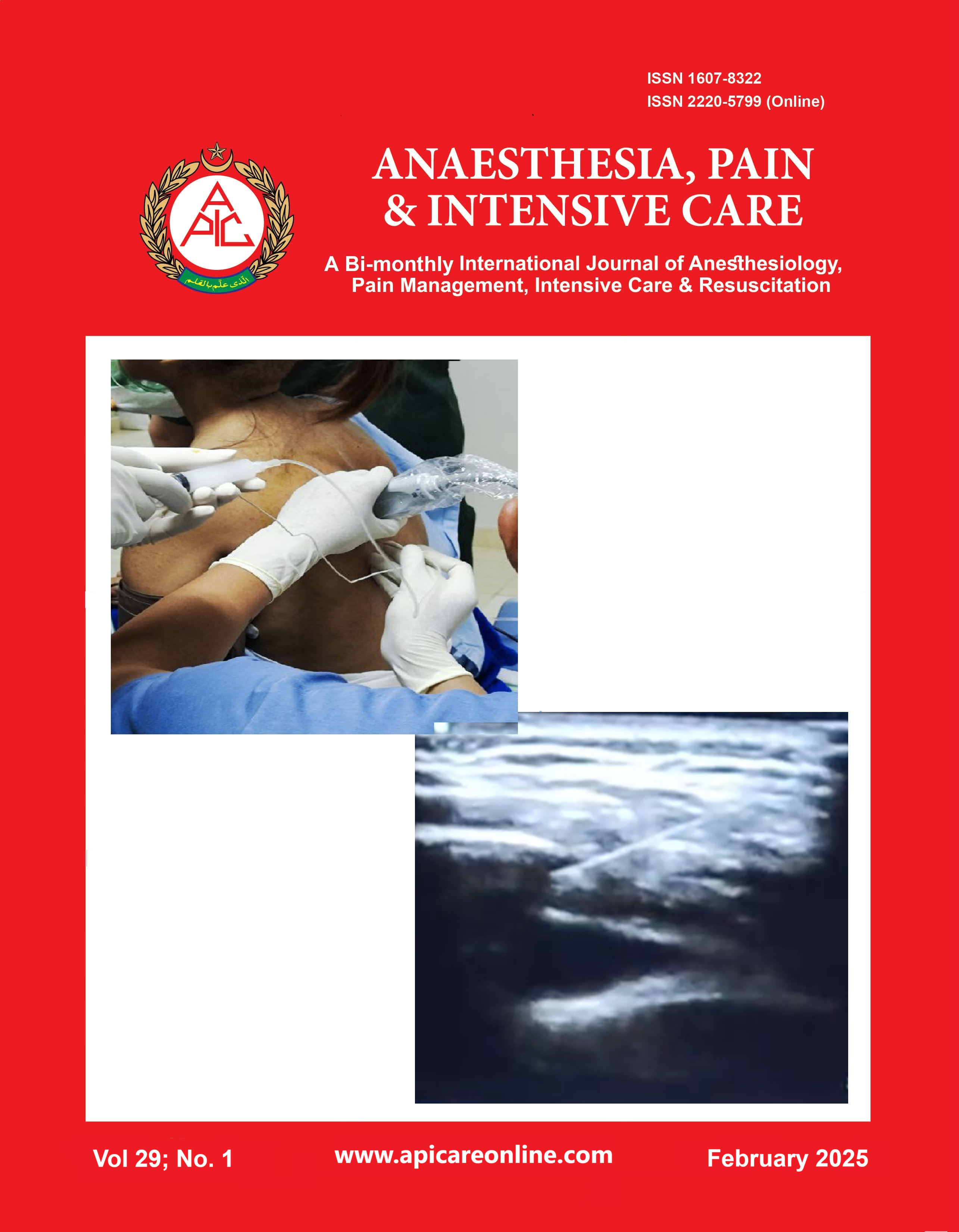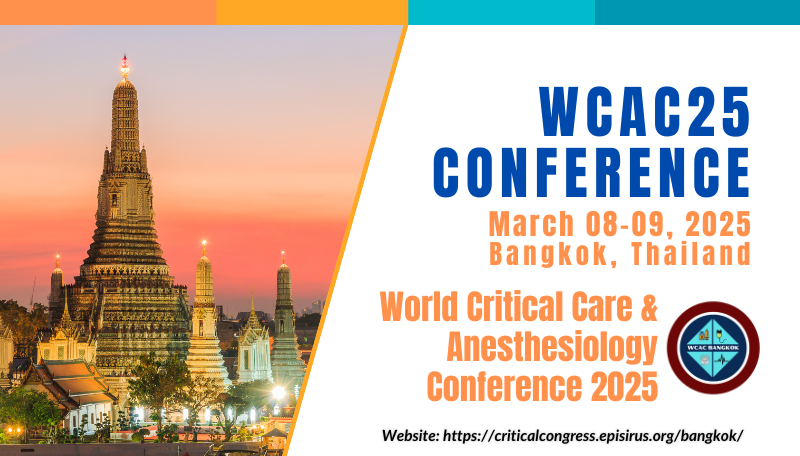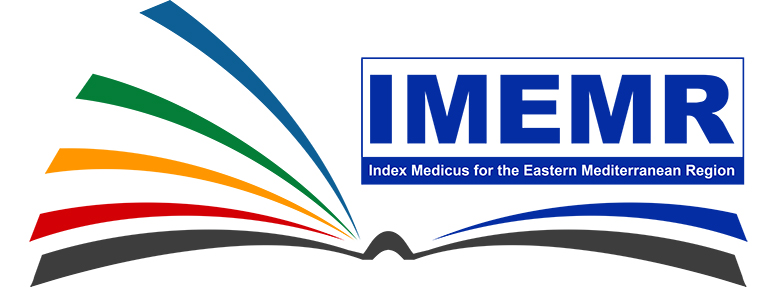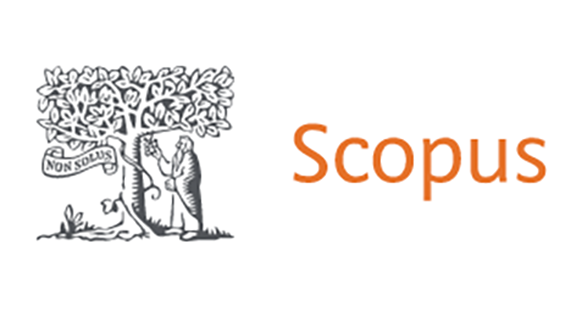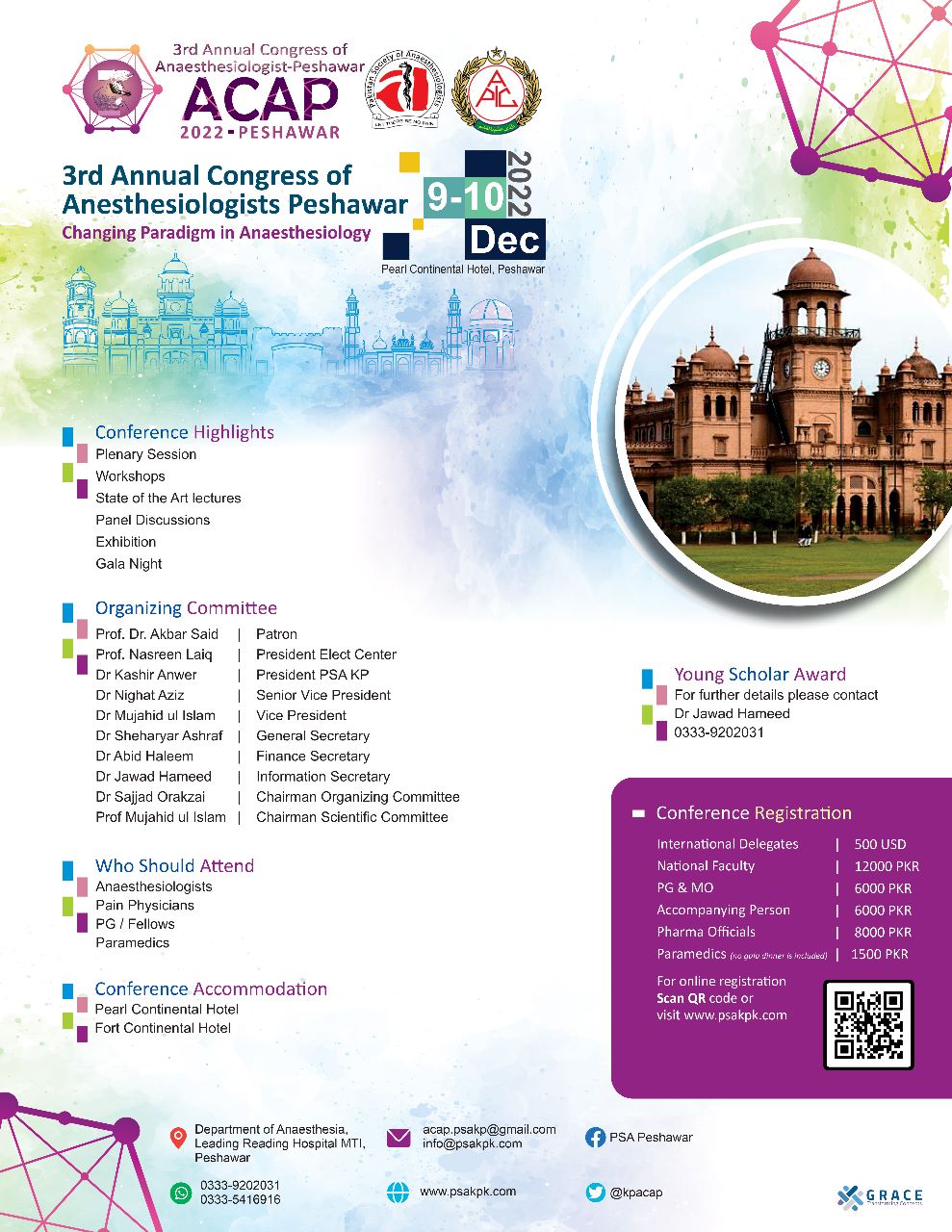Anesthesiologists’ perspective on tracheostomy-assisted bronchoscopy for removal of a migrating foreign body in the airway: a case report
Abstract
Bronchoscopy for foreign body extraction in pediatric patients rarely requires tracheostomy, with only 1.2% of cases necessitating it. In our case, an emergency tracheostomy had to be performed due to laryngeal edema resulting from prolonged bronchoscopy and laryngoscopy attempts.
A 7-year-old boy presented with shortness of breath after inhaling a plastic pen cap 14 days earlier. Physical examination showed left chest retraction, diminished breath sounds, and dullness on percussion, while a chest X-ray indicated atelectasis without visualizing the foreign body. The cap migrated from the left bronchus to the right, compromising both lungs: the left lung was already atelectatic from prior obstruction, while the right lung became obstructed due to the migration. Urgent extraction via rigid bronchoscopy was complicated by laryngeal edema and desaturation episodes. After tracheostomy and direct bronchoscopy through the stoma, the pen cap was successfully removed. The patient received ventilator support and aggressive physiotherapy, eventually weaning off ventilation by day five without complications. Anesthesia strategy was critical; a non-apneic sleep technique was used to maintain spontaneous ventilation but could lead to discomfort and airway complications. Effective communication and quick decision-making were essential for successful team management.
Keywords: Pediatric Anesthesia; Foreign Body; Bronchoscopy; Tracheostomy; Laryngeal Edema; Difficult Airway
Citation: Wibowo CR, Salinding A. Anesthesiologists’ perspective on tracheostomy-assisted bronchoscopy for removal of a migrating foreign body in the airway: a case report. Anaesth. pain intensive care 2025;29(1):135-138. DOI: 10.35975/apic.v29i1.2653
Received: November 04, 2024; Reviewed: December 19, 2024; Accepted: December 19, 2024

